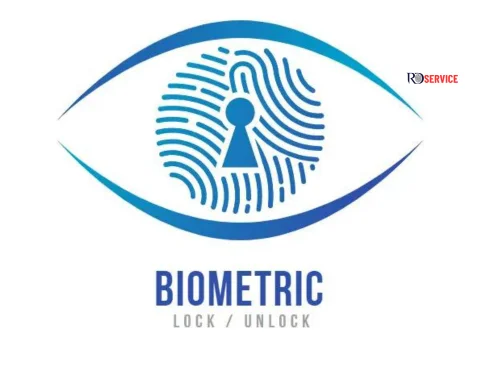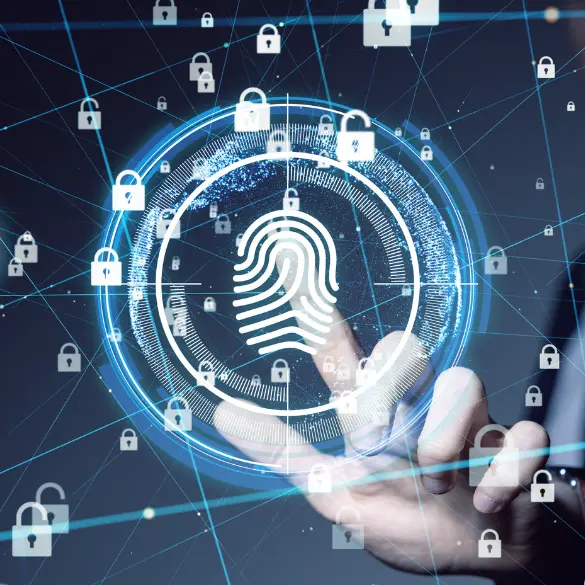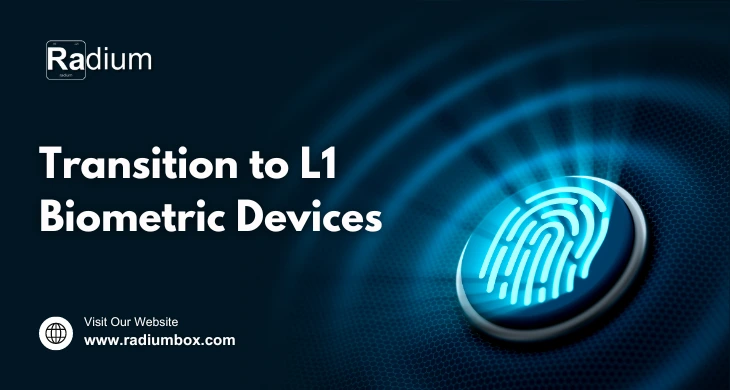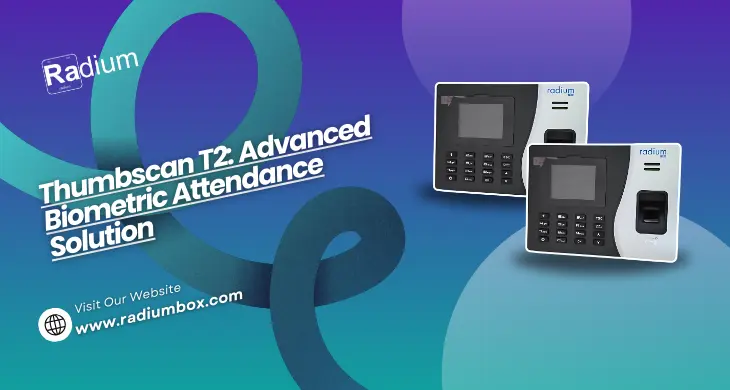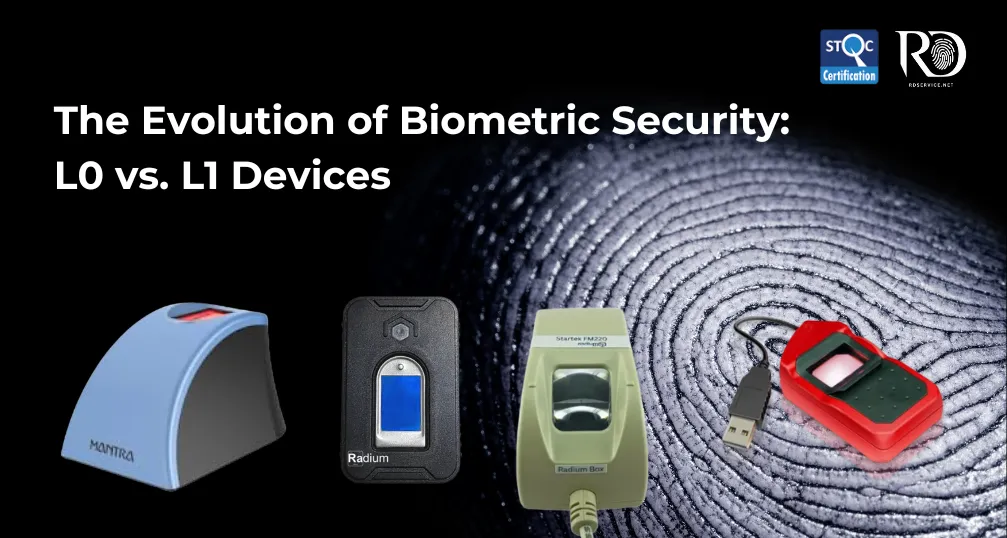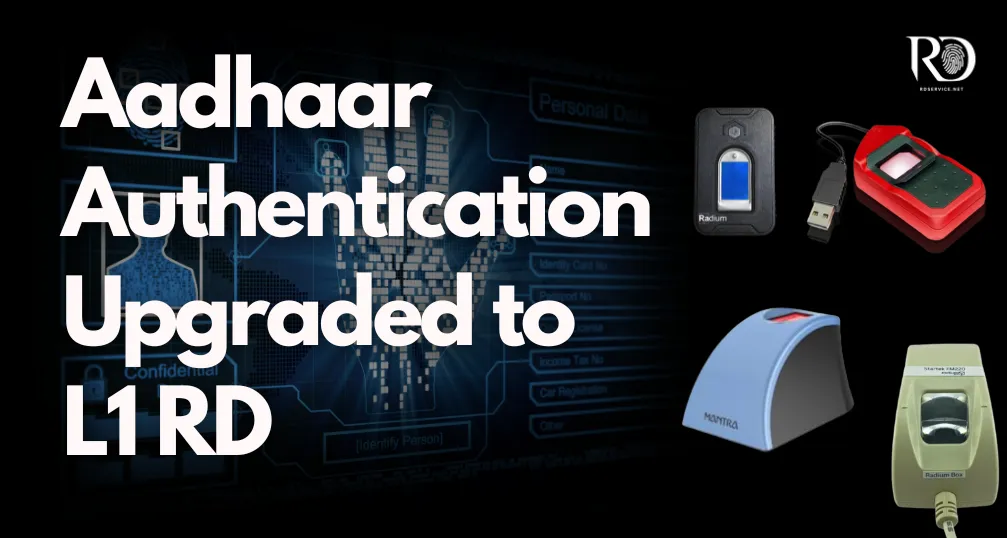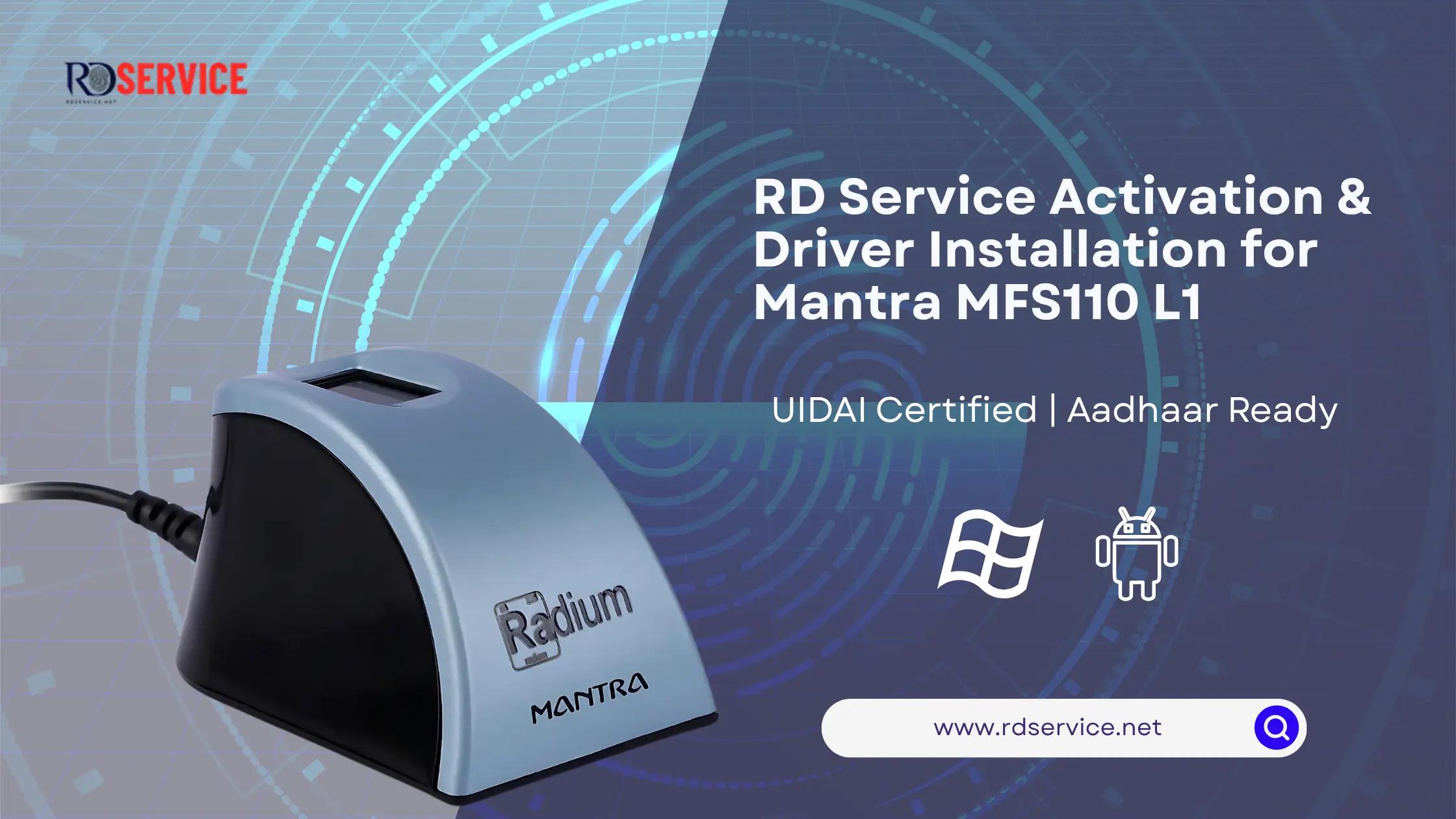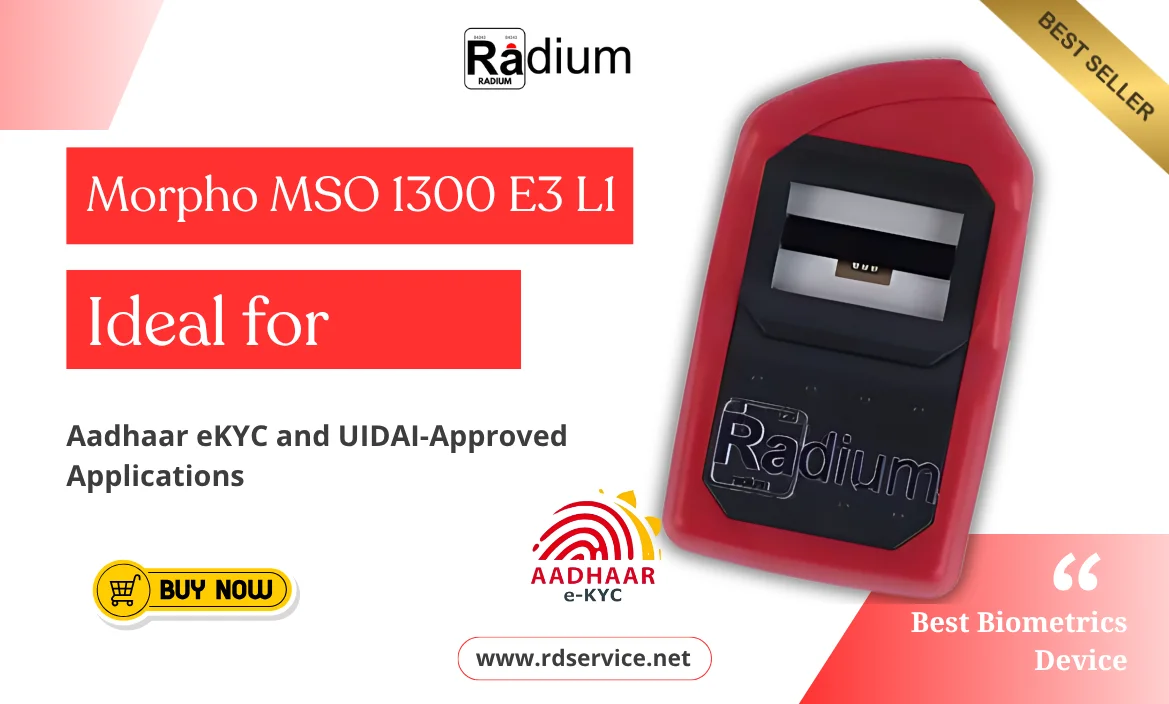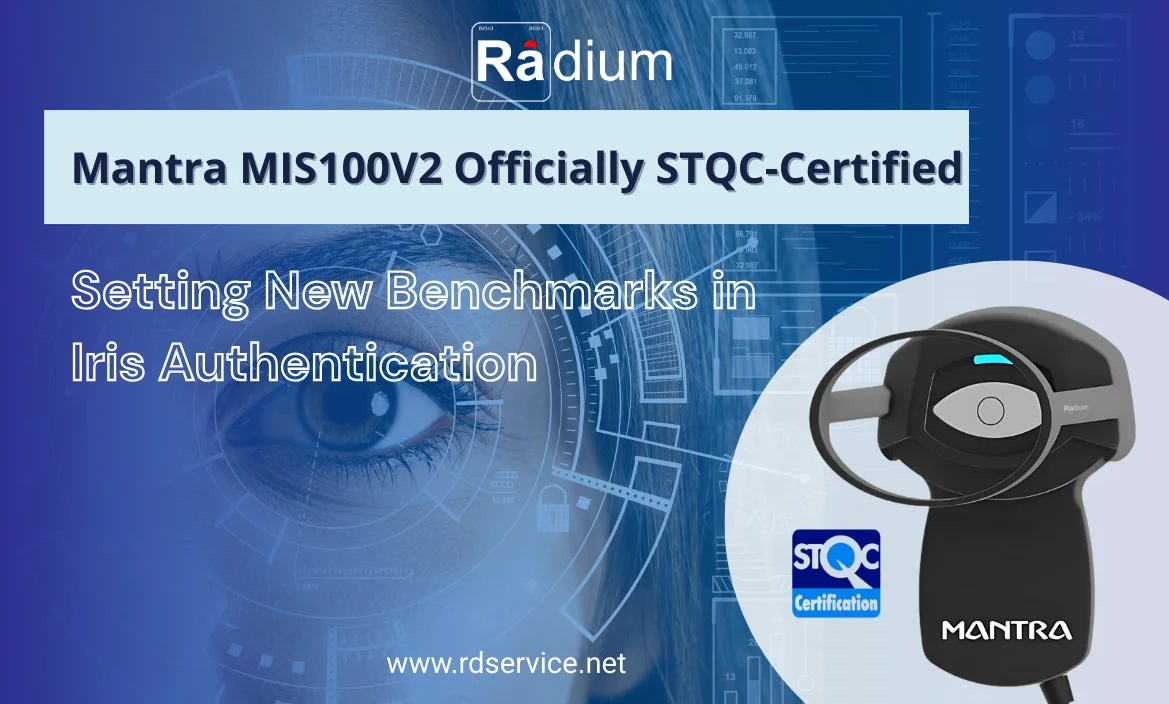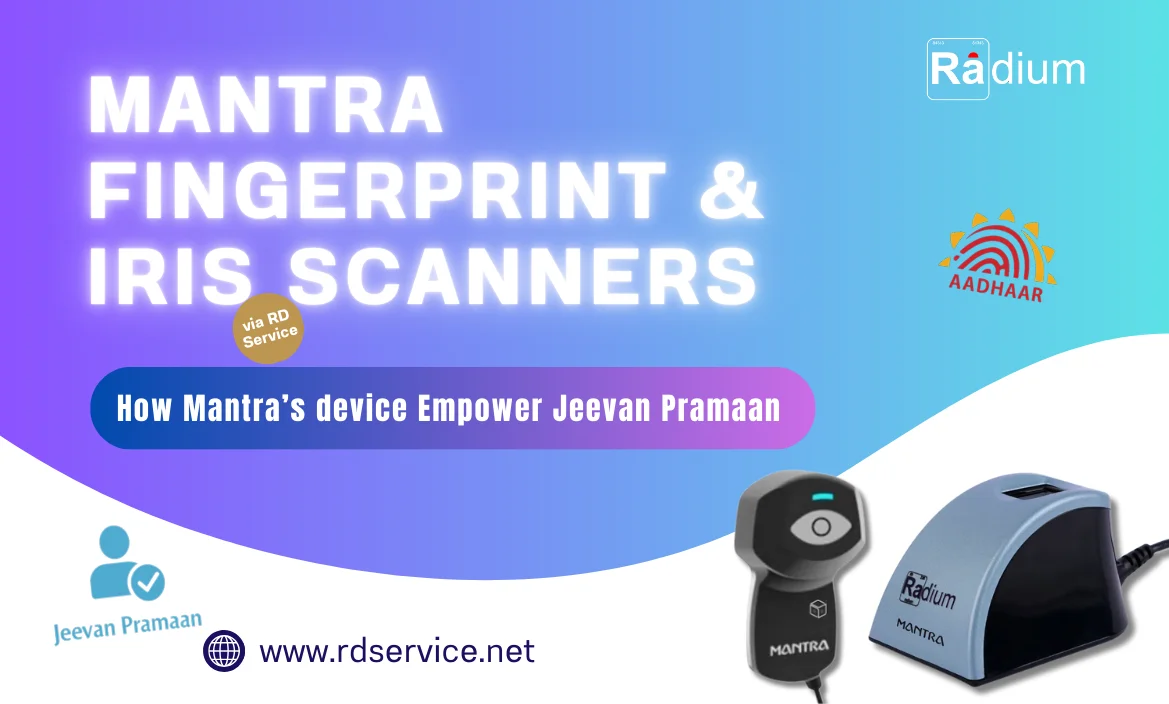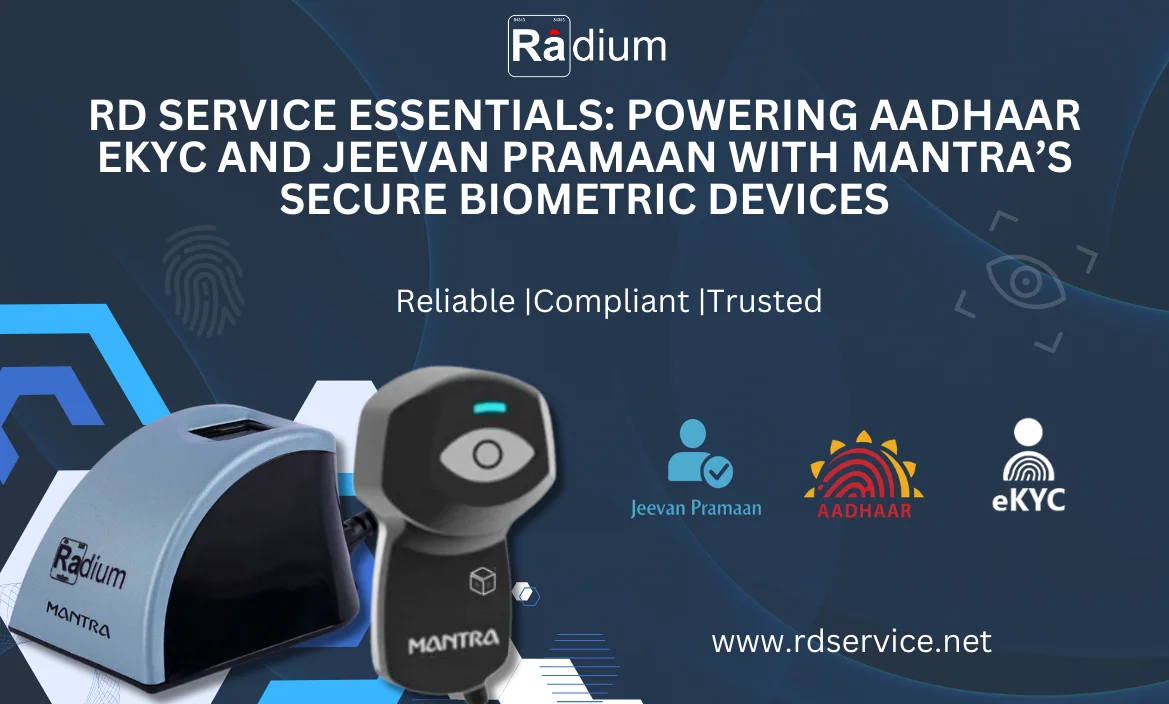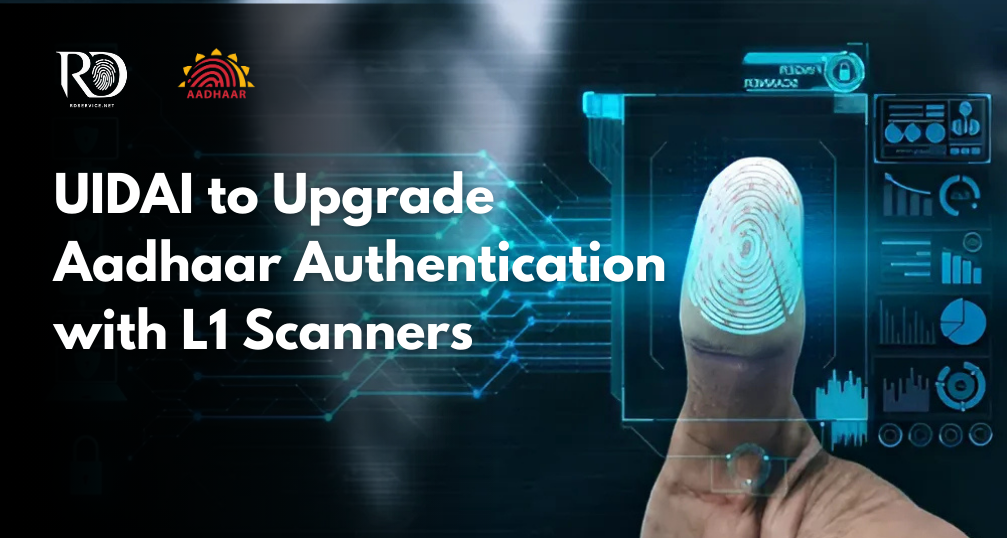
The transition from L0 to L1 RD Fingerprint Scanners
The UIDAI has re-engineered a key upgrade to its Aadhaar authentication services. The most notable change is from L0 to L1 RD Registered Device fingerprint scanners, which will impact those who perform biometric authentication. All registering entities and entities performing biometric authentication must replace their L0 fingerprint-registered devices with L1 devices by March'31, 2025. The date was extended from an earlier deadline to allow for sufficient preparation of the requesting entities.
Well, this transition shall facilitate the refinement of precision, speedy processing, and security, which Aadhaar-based authentication systems can facilitate. Now, what does this transition mean, and what conditions are around this extension
Overview of UIDAI's Upcoming Upgrade
The UIDAI has dramatically enhanced the Aadhaar-based authentication system by bringing more security and speed to it. More years have witnessed the use of L0 fingerprint devices based on optical sensors; however, that led to a higher rejection rate and slower authentication. In contrast, the L1 devices utilize capacitive sensors for improved accuracy and faster authentication with a finer capture detail, including where the ridges end and the pores are located. The advances make L1 devices best suited for high throughput applications like banking, financial services, and governmental authentication systems.
UIDAI has conducted workshops and consulted with the requesting entities to ensure better handling of the transition from L0 to L1 devices. After such consultations, the deadline for phasing out L0 devices is now extended to March 31, 2025, but such an extension comes with conditions meant to ensure that the change does not compromise the standards and timelines.
Key Distinctions Between L0 and L1 RD Devices
The differences between L0 and L1 in terms of base technology and performance have to be seen.
Sensor type: It is an optical sensor in the case of L0, while L1 consists of capacitive sensors. Cap sensors will now capture fingerprint images with more resolution and accuracy.
Accuracy: L1 devices are much more accurate with a much lesser chance of false rejection or mismatch. This may be very crucial in an application like AEPS where accurate identification is much needed.
Speed: It is quite much faster than devices of the class L0. This, therefore will imply that authentication will happen much faster than would be the case if it had a slower L0 device. It can prove very important in high-traffic settings where several authentications need to happen in a reasonably small amount of time.
Security: A deep and strong mechanism of security must be there with the encryption of all the fingerprint data being collected for Aadhaar authentication through an L1 device.
Benefits of L1 RD Fingerprint Scanners
Importance of the Transition
L0 to L1 The methodology of implementation of the fingerprint scanners of Aadhaar marks a real change from the technological update to a major advance in terms of robustness and reliability of Aadhaar-based applications. Practically zero failed authentication attempts indeed would have had a pretty impactful effect on the user experience as a whole. For instance in the case of AEPS transactions when a customer has withdrawn money, or paid through fingerprints, the lack of authentication leads to frustrations and delays in conducting financial transactions. Consequently, with L1 biometric devices, therefore, there is the hope that one will not experience such when enjoying the chance to reap an enhanced process that is smoother and more efficient.
Besides, in Aadhaar authentication-based attendance systems, L1 devices will minimize mismatched fingerprint cases so that attendance for the workers can be kept in books at the correct time.

Benefits of L1 RD Fingerprint Scanners
L1 fingerprint scanners are provided with some advantages, and because of these advantages, it is considered to be superior compared to the other alternatives provided for Aadhaar-based authentication services. Some of the top advantages of the above are as follows:
Increased Accuracy and Reduced Rejections
The L1 RDs-based device is quite advantageous compared to previous versions of their accuracy. L1 can capture fine details, including those at a ridgeline as well as pore location, and hence is very accurate for real versus counterfeit fingerprint differences. This would subsequently result in fewer rejections and the users have to wait for a lesser amount of time for services. Such a facility will make it the most important among financial services which result in erroneous authentication, delayed, and otherwise denied.
It helps in processing faster.
The applications that are going to be very traffic-intensive, such as banking and government services, demand speed. The L1 biometric device is faster in processing compared to L0, meaning the total authentication will be faster. This would be more valuable in scenarios like government offices or banks where hundreds of people could log on to Aadhaar authentication services at the same time.
Robust Security
One of the main characteristics of Aadhaar-based service is security, and L1 RD devices ensure that in the right way. The state-of-the-art security mechanism designed on these devices helps in the proper capture and transmission of fingerprint data. It decreases the possibility of data breaches or frauds, hence giving confidence to the user in the protection of biometric data.
Better adaptability in harsh conditions
The typical disadvantage of L0 biometric devices is that they perform quite poorly in trying conditions, such as wet and dirty fingers. In the case of L1 devices, this is not true because they are robust. This means that even when the environmental conditions of a situation are quite challenging, it can be successful; therefore, it is guaranteed that users will authenticate themselves. This makes the system much more robust and reliable.
Improved Efficiency in Financial Services
L1 fingerprint authentication is very useful in high-throughput applications like banking and financial management. These are executed in huge volumes of transactions without compromising on speed and accuracy. Whether it is an AEPS, change of passwords, or even updating data on the smart card, L1 Biometric devices can simplify the process to make it a seamless experience for both the service provider and the end-user.
Looking Ahead: The Future of Aadhaar-Based Authentication
The UIDAI has given a smooth window of the additional timeline till 31 March 2025 to request entities and device providers to let the continuing process of migration of L0 devices to L1 devices. The relief is more than welcome. However, this transition has also to be geared by the organizations; otherwise, an increased transactional fee or the deactivation of older devices could be the possible outcome.
Extension Applied for L0 Fingerprint Devices
- Mantra MFS 100: Optical fingerprint scanner, which was used for Aadhaar authentication. It is being replaced by an L1 device.
- Morpho MSO1300 E3: It is an optical fingerprint scanner. This would require upgrading to L1 to achieve improved authentication speed and accuracy.
- StarTek FM220 U: is a mainly optical fingerprint device with little usage and hence needs to be replaced with an L1 RD device since it does not support the updated Aadhaar authentication standards.
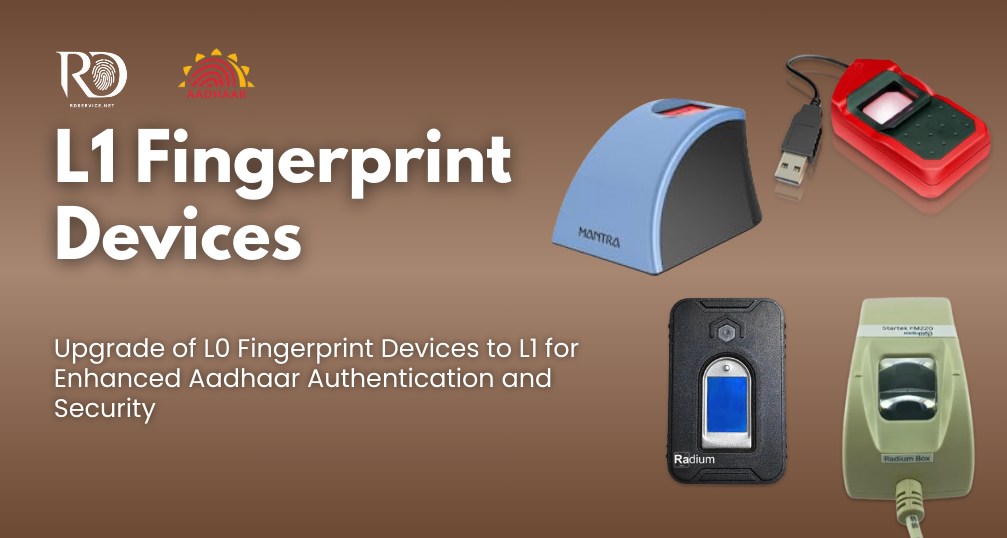
Improved Security Features of L1 Devices
A most typical feature of the L1 devices is better security, promoted by biometric encryption as well as the utilization of a Trusted Execution Environment, or TEE. In that respect, any private key used in the authentication process is completely safe within the chip and not accessible to say nothing of being modified, by the underlying host operating system. This high security guards against breach or tampering of the biometric information of a user with a sophisticated method of protection. Since government services and other monetary transactions deal with more sensitive biometric data, this extra protection affords much higher confidence to any Aadhaar-based system.
Benefits of L1 RD Fingerprint Scanners
The major advantages of L1 RD fingerprint scanners over L0 are as follows:
Higher Accuracy and Lower Rejection Rates
L1 devices have higher accuracy as they can capture smaller fingerprints. This means lower rejections in case the person is trying to authenticate his identity, especially in services like AEPS. False rejection can trigger the delay and rejection of any monetary transaction.
Higher Processing Speed
High-security places like banks, government offices, and public services require quick authentication. In places with a lot of traffic, L1 devices allow faster authentication, thus reducing waiting time and efficient delivery of service.
Robust Security Features
With L1 devices, biometric encryption with a Trusted Execution Environment (TEE) ensures greater security for the storage and processing of fingerprints, thus preventing unauthorized access and data tampering as per the UIDAI security standards for the Aadhaar authentication mandate.
Better Performance in Adverse Conditions
The main reason behind the higher rejection rates is found in wet, dirty, or damaged fingerprints in L0 devices. This means that the L1 devices would work reasonably well even under adverse conditions to ensure a relatively assured authentication service even while working under hostile conditions.
Optimized for High-throughput Applications
In many banking and government services based on Aadhaar authentication, L1 has ensured fast and reliable performance. In the context of AEPS, it is very especially important because smooth transactions play a vital role in customer satisfaction and service efficiency.
The Future of Aadhaar-Based Authentication
Though strictly a compulsion in terms of regulation, this shift towards L1 RD devices takes the organization one step forward in augmenting the performance as well as security of UID-based systems. Organizations should take this extended deadline fully to ensure that the shift towards L1 devices is smooth and without disruption; otherwise, a higher transaction fee or even deactivation of older L0 devices might be imposed as penalties.
Conclusion
For this, UIDAI has mandated from March 31, 2025, the great leap for the Aadhaar Authentication Ecosystem from fingerprinting in L0 to L1 RD. Now with the inaccuracy, quick processing, and high-security usage for banking and government services, device adoption will lower the authentication failure cases and boost user trust and user satisfaction for L1. It is, hence, of top importance to all the stakeholders concerned that this will be done effectively in time such that there exists a trustworthy as well as effective Aadhaar-based system that ultimately will result in a better environment for authentication security and trust.

